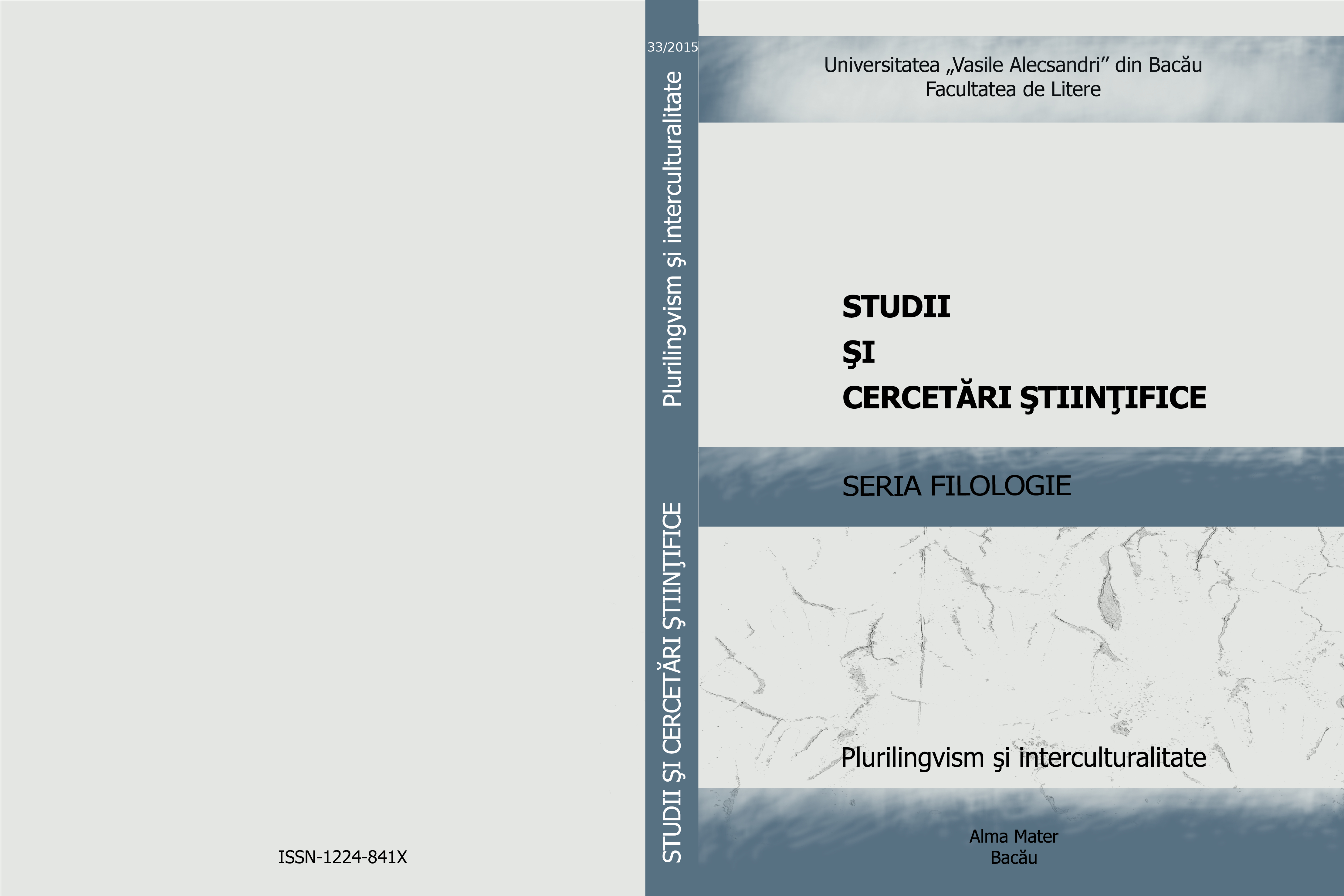BOIERUL MOLDOVEAN. O ABORDARE SOCIOSIMBOLICĂ
THE MOLDOVAN BOYAR. A SOCIO-SYMBOLICAL APPROACH
Author(s): Violeta Popa, Alin PopaSubject(s): Language and Literature Studies, Customs / Folklore, Cultural Anthropology / Ethnology, Culture and social structure , Philology
Published by: Editura Alma Mater
Keywords: : boyard; nobility; folklore; symbolic goods; Romania; national discourse;socio-identity;
Summary/Abstract: The image of the Romanian boyar is somehow alike to the image of the Jew in Romanian culture. This type of nobleman was probably equally insulted, humiliated or at least mocked at. Cultural movements have brought with them various “currents” of opinion and attitude regarding this privileged social class and cultural elite of society. If most of the times, this “foreign” (Italian, Armenian, Polish, Greek arrived from “Fanar” etc.) was seen as an “intruder”, who came to seek fortune and to buy a high social rank (otherwise not deserved, as with great noble families of Europe), as a trespasser who came to these lands with the desire to plunder the Romanian peasants, the native boyar, on the other hand, the one originated from the brave Moldavian yeoman (răzeş) is perceived with deep admiration and sympathy.The present paper tries to present a socio-ethnic stereotype as reflected both in Romanian historical discourse as well in popular literature based on inscriptions, boyars’ letters, foreign travelers in Romania testimonies etc. and popular literature texts, especially proverbs.Starting form Pierre Bourdieu’s theory of symbolic goods and using Ralph Linton’s view on the cultural background of personality, we analyze the image of the Romanian boyar as an emblematic possession, a figure that still offers an enormous type of energy and figurative vitality within national discourse.
Journal: Studii și cercetări științifice. Seria filologie
- Issue Year: 2015
- Issue No: 33
- Page Range: 81-97
- Page Count: 16
- Language: Romanian

